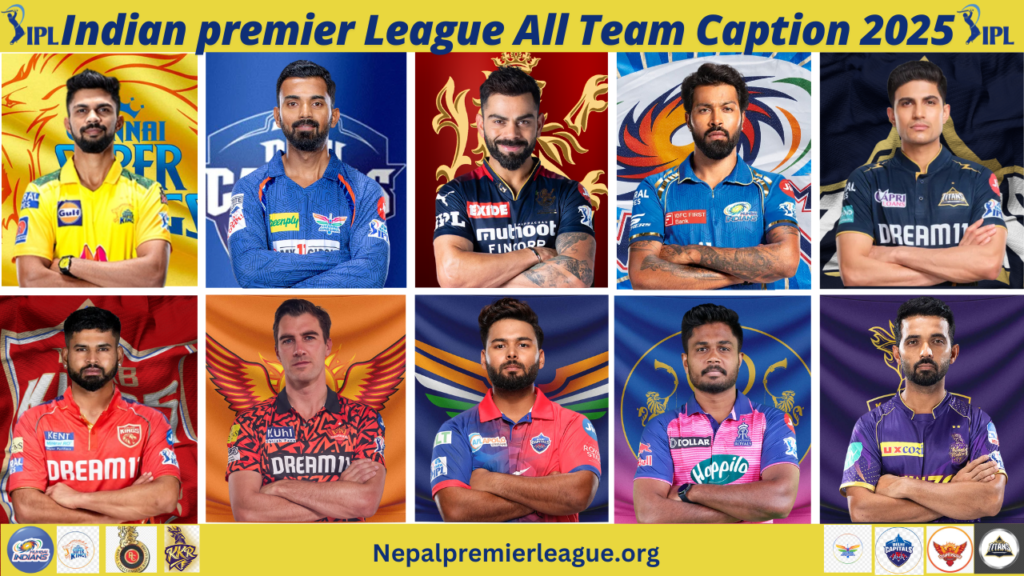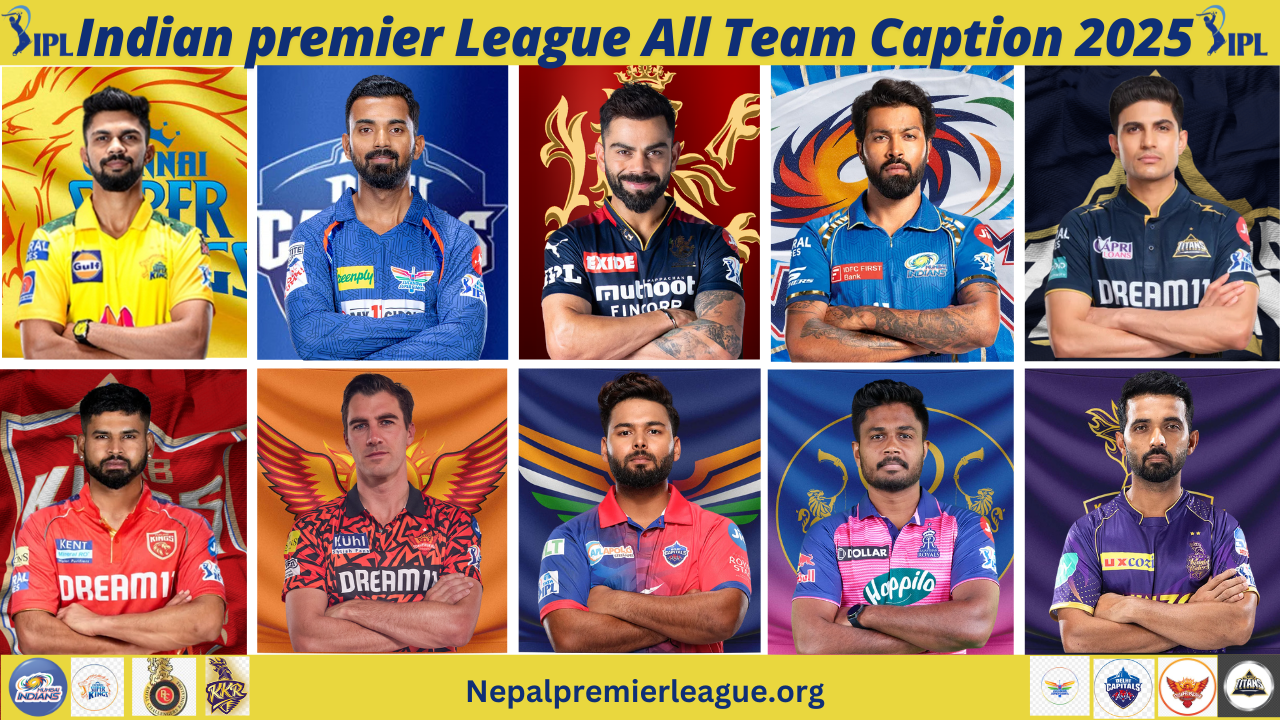The Indian Premier League (IPL) isn’t just a cricket tournament; it’s a cultural sensation that has changed the way cricket is played and enjoyed worldwide. Since its start in 2008, the IPL has blended sport, entertainment, and business, winning the hearts of millions of fans globally.

Contents
How IPL Began
The IPL was launched by the Board of Control for Cricket in India (BCCI) under Lalit Modi’s leadership. Inspired by successful global leagues like the English Premier League and NBA, the IPL used a franchise-based model. Teams representing Indian cities were sold to private owners, connecting fans with their local teams and combining regional pride with love for cricket.
The first season of 2008 was a blockbuster, featuring legends like Sachin Tendulkar, Shane Warne, and MS Dhoni. Rajasthan Royals, led by Shane Warne, won the first title, setting the stage for thrilling contests in the years to come.
IPL Format and Structure
The IPL uses the T20 format, the shortest and most exciting version of cricket. Each match lasts about three hours, making it ideal for evening entertainment. The tournament runs for two months, with teams playing a round-robin phase followed by playoffs and a grand finale.
What makes the IPL unique is the mix of international stars and emerging Indian players. It’s a platform where young talent gets to shine alongside seasoned cricketers, helping them grow on the global stage.
Star Players and Fans
The IPL’s biggest appeal is its star-studded line-up. From Virat Kohli and Rohit Sharma to global icons like AB de Villiers and Chris Gayle, the league brings together cricket’s best. Fans love watching international players team up with Indian stars, creating unforgettable rivalries and partnerships.
Teams work hard to keep fans engaged through social media, merchandise, and events. The IPL’s grand opening ceremonies, celebrity team owners like Shah Rukh Khan and Preity Zinta, and cheerleaders add glamour, making it more than just a game.
Economic Impact
The IPL is a financial powerhouse. It generates billions through TV rights, sponsorships, ticket sales, and merchandise. Deals like those with Star India and Viacom18 have set new records in sports broadcasting.
The league also boosts India’s economy. It creates thousands of jobs, from players and coaches to event organizers and hospitality workers. Cities hosting matches benefit from increased tourism and local business activity.
Challenges and Criticism
The IPL hasn’t been free from issues. Scandals like spot-fixing, conflicts of interest, and governance problems have occasionally hurt its image. Critics also argue that the IPL’s commercial focus affects traditional cricket formats like Test and ODI matches.
Environmental concerns are another challenge, as the league’s travel and resources leave a carbon footprint. Organizers are now looking at sustainable practices to address these issues.
Global Influence and Legacy
The IPL’s success has inspired similar leagues worldwide, such as Australia’s Big Bash League (BBL), Pakistan’s Super League (PSL), and England’s The Hundred. It’s a model for marketing cricket globally.
The IPL’s influence goes beyond cricket. It has sparked the creation of leagues in other sports like football, kabaddi, and badminton, promoting sports and nurturing talent in India.
What’s Next for IPL?
The IPL continues to innovate. From using technologies like the Decision Review System (DRS) to launching the Women’s Premier League (WPL), the league is always evolving.
With its expansion into digital platforms and international markets, the IPL’s global reach keeps growing. Cricket’s inclusion in the 2028 Olympics could further amplify the IPL’s impact on the sport worldwide.
Conclusion
The Indian Premier League is more than a tournament; it celebrates cricket, culture, and commerce. It has changed how cricket is played, watched, and celebrated. As the IPL keeps entertaining fans and breaking barriers, its place as a revolutionary force in cricket is secure.
